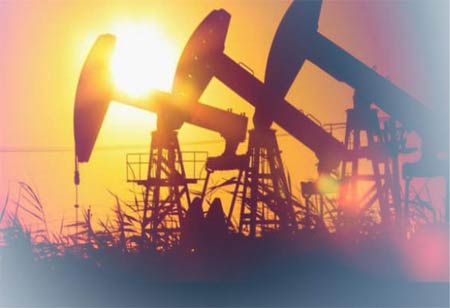Thank you for Subscribing to Energy Business Review Weekly Brief
Exploring the Diverse Use Cases of Wind Energy
Wind energy, a powerful and renewable resource, has emerged as a pivotal player in the global shift towards sustainable energy solutions.

By
Energy Business Review | Friday, January 12, 2024
Stay ahead of the industry with exclusive feature stories on the top companies, expert insights and the latest news delivered straight to your inbox. Subscribe today.
Wind energy continues to evolve and expand its influence, making the energy landscape cleaner and more resilient.
FREMONT, CA: Wind energy, a powerful and renewable resource, has emerged as a pivotal player in the global shift towards sustainable energy solutions. In the fight against climate change and to reduce carbon footprints, wind power has gained unprecedented momentum. The diverse and impactful use cases of wind energy across various sectors emphasize its role in shaping a cleaner and greener future. The most prominent and widespread application of wind energy is electricity generation.
The clean and sustainable method of power generation has become a cornerstone of many countries' efforts to transition away from fossil fuels. Wind farms, comprising multiple turbines, contribute significantly to the power grid, providing a reliable renewable energy source. In recent years, there has been a growing trend towards harnessing the power of offshore wind. Placing turbines in coastal waters takes advantage of more robust and consistent wind speeds, offering an efficient and less intrusive alternative to onshore wind farms. Grid stability is challenged by wind energy's intermittent nature.
A large amount of electricity can be generated from offshore wind projects and is crucial in meeting ambitious renewable energy targets. Advancements in grid integration technologies and energy storage solutions have addressed these concerns. Innovative grid systems can efficiently manage the variability of wind power. At the same time, energy storage technologies, such as batteries, allow excess energy to be stored when production exceeds demand and released when needed. The integration enhances the reliability and flexibility of wind energy in meeting the demands of a modern energy grid.
Wind energy is not limited to large-scale projects. Small-scale wind turbines for residential and commercial use contribute to decentralized power generation. The turbines can be installed on rooftops or in urban environments, providing a distributed source of clean energy. The decentralized approach reduces dependence on centralized power plants and promotes energy independence at a local level. Water pumps and desalination are unique applications of wind power in regions without conventional energy sources. Wind turbines can be coupled with water pumps to lift water for agricultural irrigation or community water supply.
Wind-driven desalination processes have been explored to address water scarcity issues in arid regions, offering a sustainable solution for growing water demands. When wind energy is combined with solar energy or hydropower, creates hybrid energy systems. The systems leverage the strengths of each energy source, providing a more stable and consistent power output. Hybrid solutions contribute to a more resilient energy infrastructure and enhance the overall efficiency of renewable energy deployment. A sustainable, low-carbon future cannot be achieved without wind energy.






